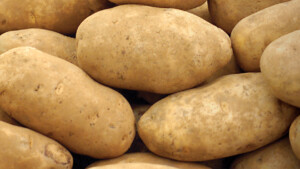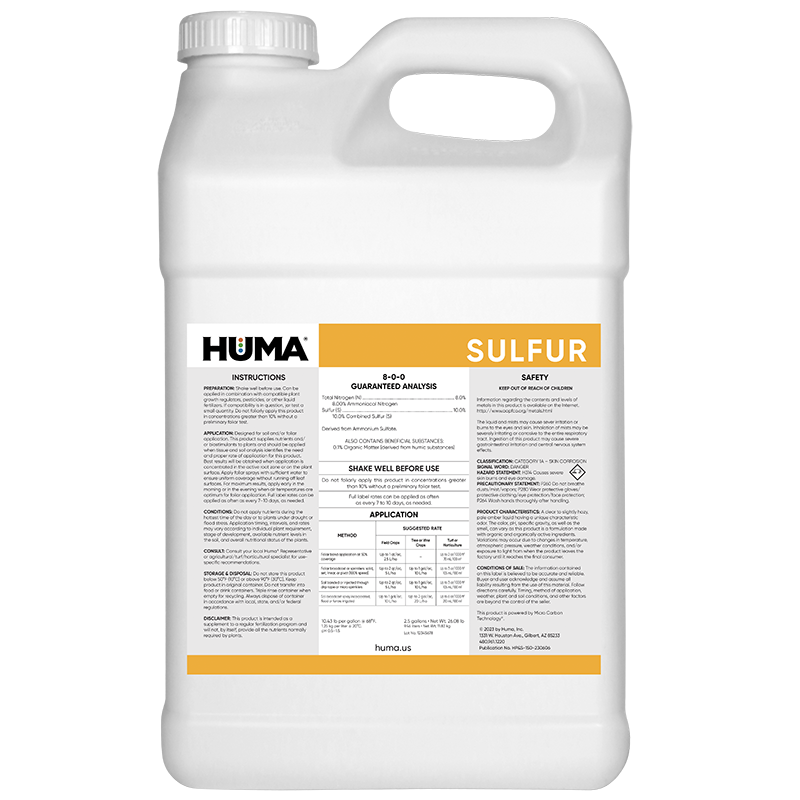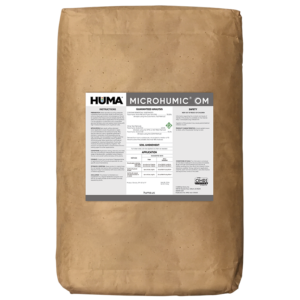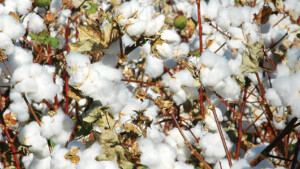SULFUR
Benefits of Use:
- Improves plant respiration
- Increases photosynthetic rates
- Plays a key role in Ferredoxin, a protein involved in electron transfer
- Is involved in the formation of amino acids such as Cystine and Methionine, which are used to form protein
- Plays an important role in carbohydrate and lipid metabolism
- Sulfur deficiencies have been known to increase incidence of certain plant diseases
Deficiency Symptoms—When to Apply:
- Chlorosis in leaves from sulfur or nitrogen deficiency
- Stunted growth
- Reduced protein formation
- Crops sensitive to diseases
FAQs
Related Videos
Huma® Micronutrients and Secondary Macronutrients
Huma liquid micronutrient and secondary macronutrient fertilizers with Micro Carbon Technology (MCT) are extremely efficient. MCT improves nutrient uptake so you can get the most out of your crops. Deliver micronutrients and secondary macronutrients exactly
Learn More
Related Products
Related Case Studies

Biostimulant Effect of Humic Acids on Tomato Plants Under Nutritional Stress
Introduction In this study (originally published in Frontiers in Plant Science, May 2021, Vol. 12:660224), the biostimulant properties of a sedimentary shale ore-extracted humic acid (HA) were tested on Micro Tom tomato plants under increasing nutritional stress Materials & Methods A sedimentary lignite ore (Idaho), ground to pass a 1,000 µm sieve, was used as

Huma Pro® Stimulates Rhizophagy Cycle of Microbes to Increase Root Growth
Objective The purpose of this research project was to evaluate how humic acids stimulate microbial activity and initiation of the rhizophagy cycle (in which plants cultivate microbes on their roots and then absorb them to extract their nutrients). Huma® Huma Pro®, a liquid 6% humic acid product, was used as the humic acid biostimulant source.

Huma® Fertilizer Program Improves Potato Yield by 5%, With 200% ROI
Background Huma® liquid fertilizer programs with Micro Carbon Technology® provide growers with efficient crop nutrients via foliar spray or irrigation at the exact time crops need them. Precision timing of efficient nutrition provides better crop yield and quality. Objective The focus of this study was to assess how the efficient Huma® nutritional products affect potato
Related Blog Posts

Cooperation That Grows Communities
October is National Cooperative Month, a time to recognize the organizations that keep rural communities thriving. From providing essential services to marketing crops and supplying inputs, cooperatives embody the power of working together. Their member-owned model ensures that success is shared, making cooperation truly the foundation that grows communities.

The Farm Bill That Rocked the 80s (and Beyond)
The 1985 Farm Bill wasn’t just another piece of legislation; it reshaped modern agriculture. Born out of the farm crisis, it introduced conservation programs, supply controls, and payment systems that still influence farming today. Forty years later, its legacy continues to spark debate.

This Week in Ag #5
It’s Commodity Classic week. This is one of the ag industry’s most important shows, and among my favorite times of the year. I’ll be in Orlando for the show, as will Lyndon Smith, Barrett Smith and Michael Gardner. #Classic23 is expected to draw around 5,000 farmers. But what makes this show exceptional is not the number










